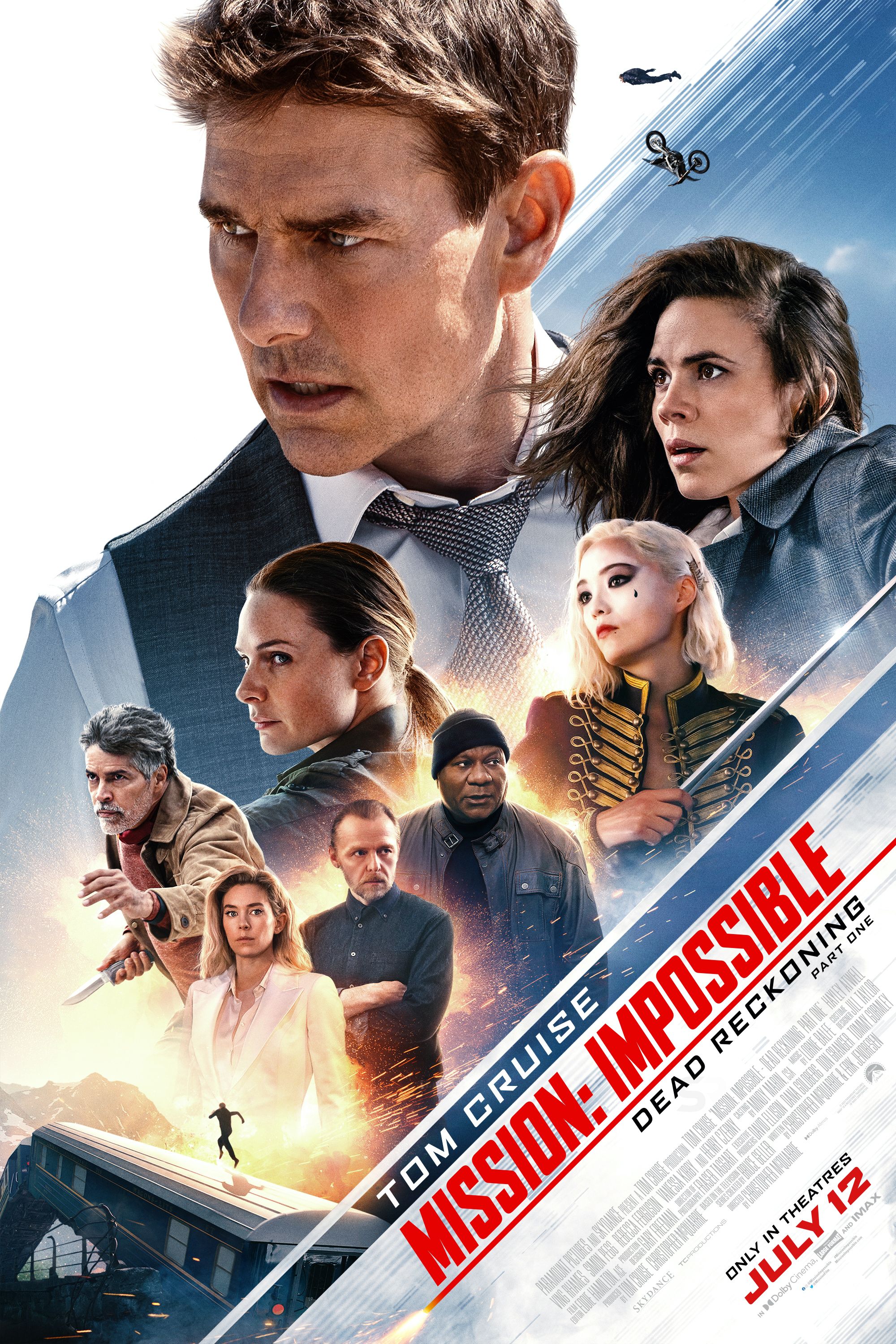- A scrapped flashback scene in Mission: Impossible 7 would have de-aged Tom Cruise for the first time in his career.
- Director Christopher McQuarrie decided to scrap the scene because he found the de-aging distracting and dissonant with the movie.
- Although the scene was cut, the use of de-aging techniques may be inevitable in future Mission: Impossible movies to maintain the franchise’s longevity.
-
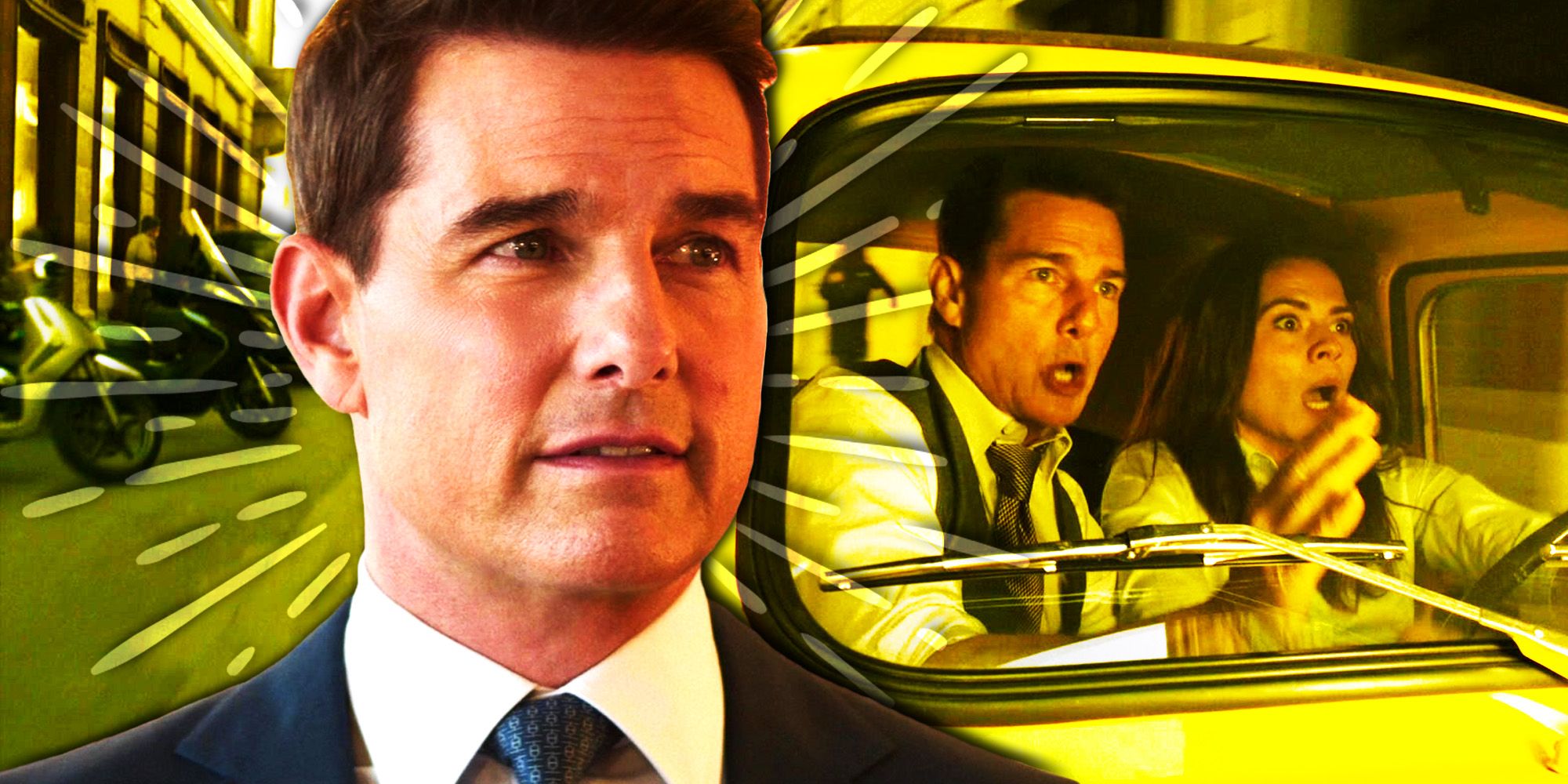
A scrapped flashback scene meant for Mission: Impossible – Dead Reckoning Part One’s opening sequence would have marked a career first for Tom Cruise had it been included. Cruise fosters a longstanding acting career that dates back to the ’80s, in which, for nearly 27 years, he has played lead protagonist Ethan Hunt for the Mission: Impossible franchise. Most recently, Cruise reprised the role for the franchise’s seventh installment, Mission: Impossible – Dead Reckoning, at an incredible 60 years of age, which has become a testament to his commitment to the part as well as a reminder of Mission: Impossible’s remarkable longevity.
Apart from becoming a first in the actor’s well-established career, Mission: Impossible – Dead Reckoning’s scrapped scene would have also made the movie quite different. According to Mission: Impossible – Dead Reckoning director Christopher McQuarrie, one aspect of the scene in question felt too dissonant and distracting for the movie, and the idea was ultimately scrapped. However, such a scene could benefit the franchise in the future if some variation of it is used down the line, as it has the potential to bring new and exciting characteristics to the franchise and maintain the longevity of Cruise’s career as the lead.
Mission Impossible 7’s Cut Flashback Scene Would Have De-Aged Tom Cruise For The First Time In His Career
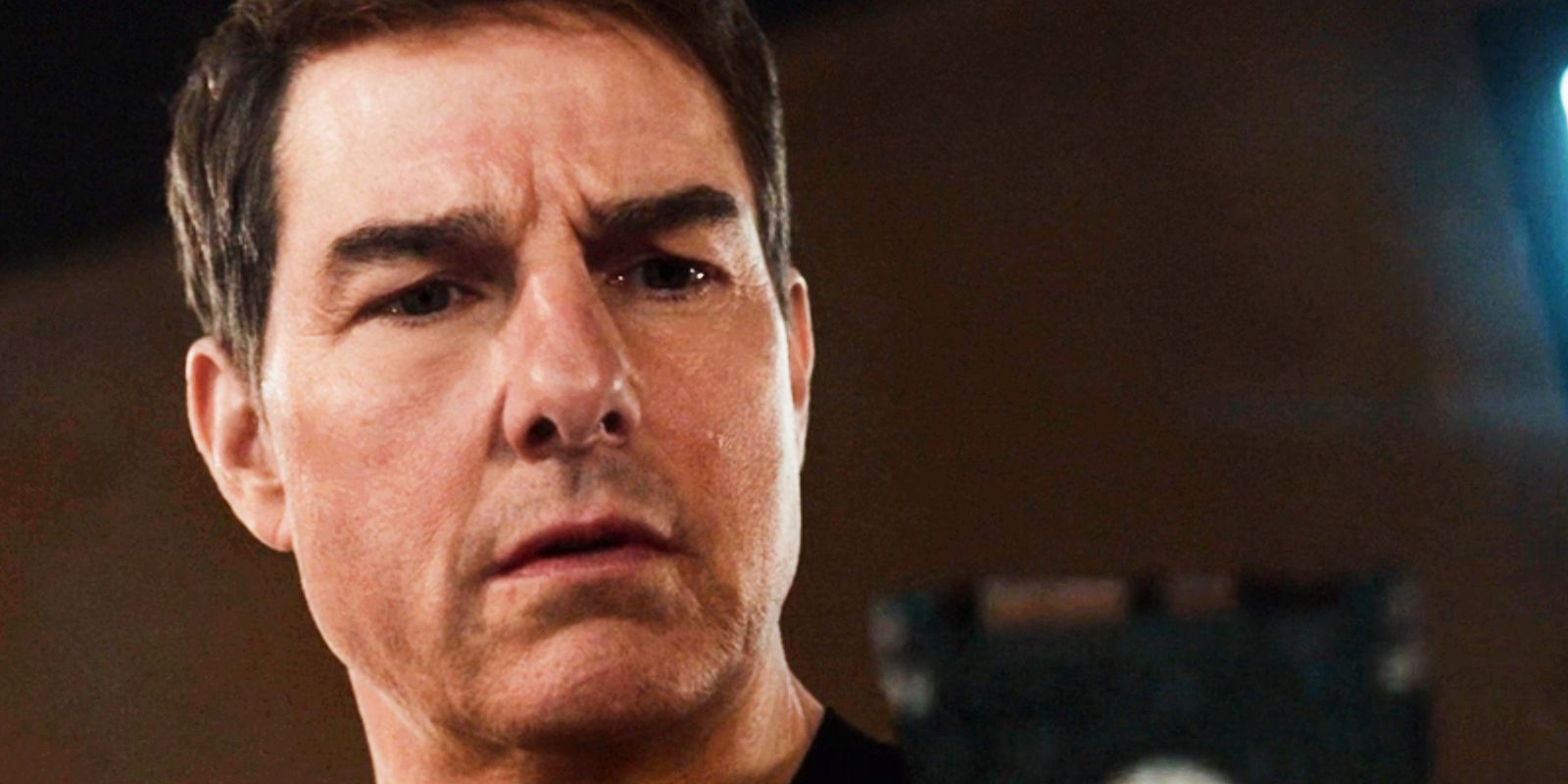
Mission: Impossible 7 almost de-aged Cruise using VFX for a flashback scene that would have depicted the actor as decades younger for the first time in his career. Details about the contents of the flashback were limited, but McQuarrie revealed to Total Film (via Games Radar) that the scene would have been a substantial sequence at the start of Mission: Impossible – Dead Reckoning and would have taken place in 1989. Using visual effects to portray the then 60-year-old actor proved to be too unusual for the director, who cited his distraction as the reason for axing the scene entirely, saying:
“One of the big things about [the de-aging] I was looking at while researching, I kept saying, ‘Boy, this de-aging is really good’ or ‘This de-aging is not so good.’ Never did I find myself actually following the story. I was so distracted by an actor that I had known for however long was now suddenly this young person.”
McQuarrie’s statement would have rang true for audience members who have also seen Cruise age through the years in this character, and it would have been especially disorienting if the visual effects depicting him as younger weren’t as aesthetically seamless as possible. Apart from the ethical concerns they raise, VFX de-aging techniques have met controversy for appearing unnatural and affecting the expressions of the actors they are implemented on. Despite this, McQuarrie mentioned the possibility of de-aging in future Mission: Impossible installments, indicating that visual effects techniques may become increasingly integral in the franchise’s future.
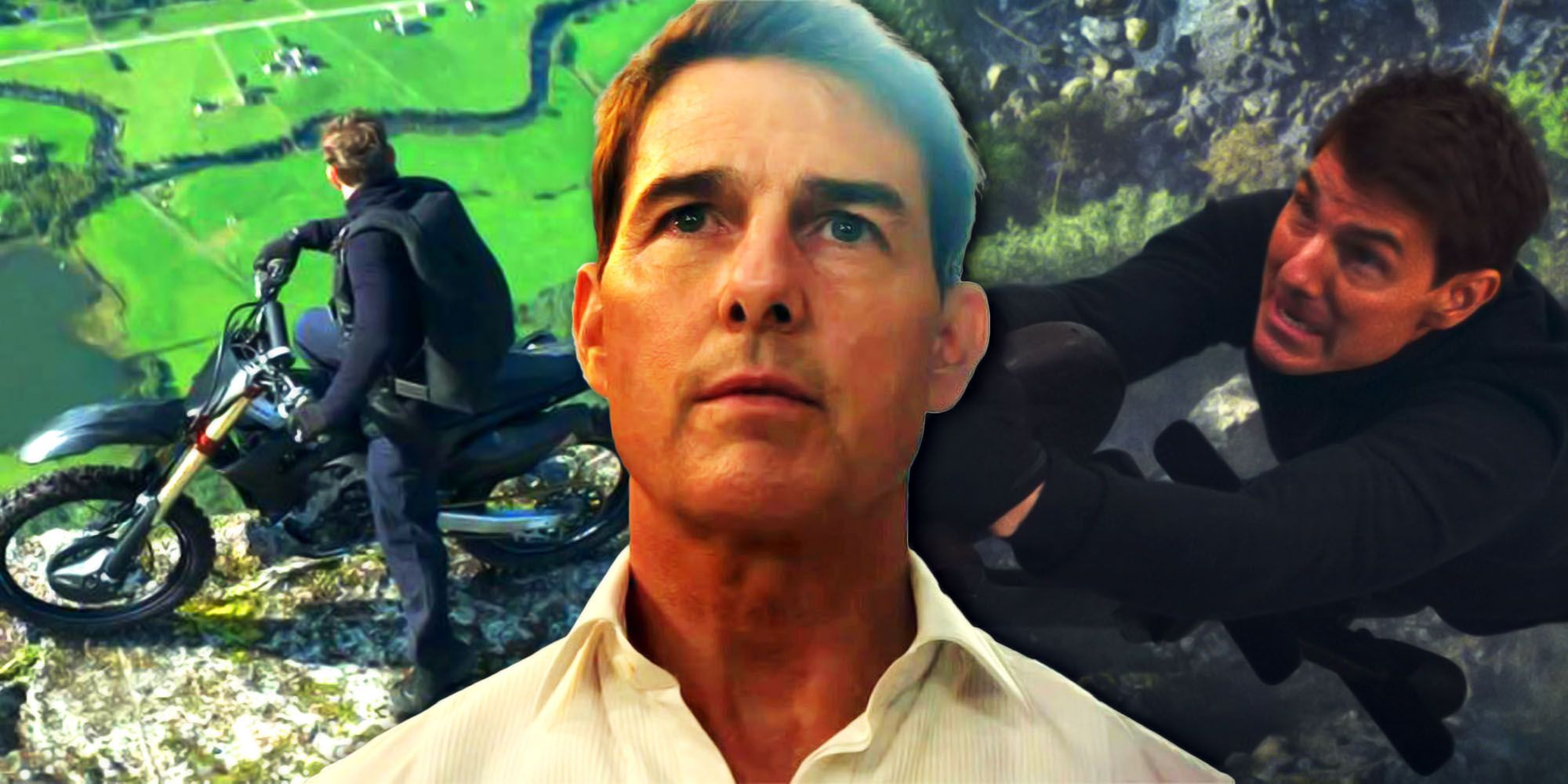 Related Hollywood daredevil Tom Cruise has continued to push the envelope on death-defying stunts in his Mission: Impossible films relying very little on CGI.
Related Hollywood daredevil Tom Cruise has continued to push the envelope on death-defying stunts in his Mission: Impossible films relying very little on CGI.
Why De-Aging Tom Cruise Could Be Inevitable For Future Mission: Impossible Movies
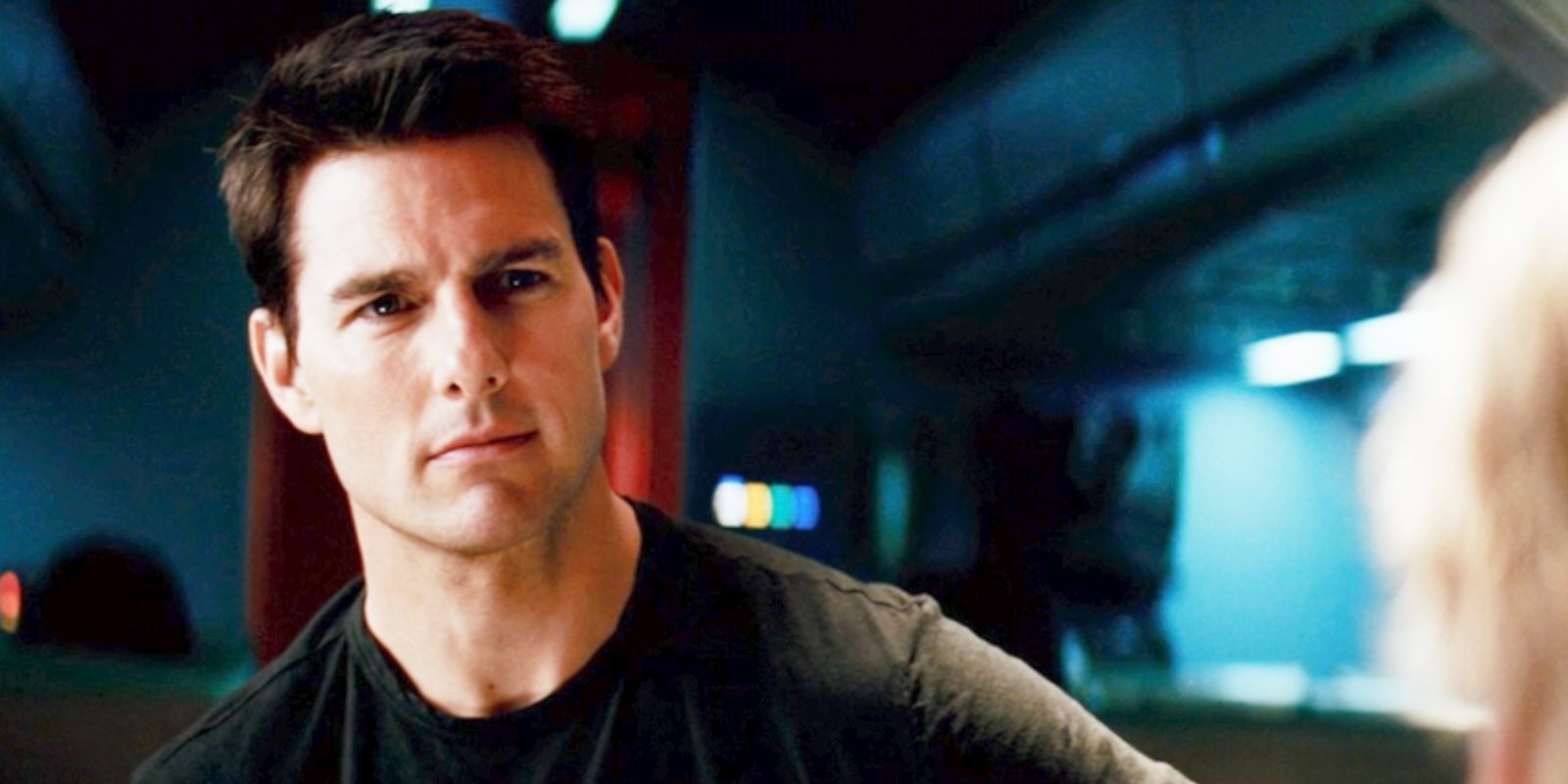
The trick of the trade has been seen before in cinema, particularly in movies that share major characteristics with Mission: Impossible – Dead Reckoning. Most recently, Indiana Jones and the Dial of Destiny became one of the many movies in history that have utilized de-aging technology on their lead or supporting actors to help communicate their respective stories. Like Mission: Impossible – Dead Reckoning, the Indiana Jones movie was supported by a naturally aging cast member who continues to be integral to their overarching franchise’s narrative.
Indiana Jones’ CGI de-aging usage was divisive, as it was a neat aspect of the film but also majorly distracting, which was the consequence that McQuarrie feared for Mission: Impossible 7. Despite its divisive nature, the de-aging technique granted the Indiana Jones movie the capability to depict a flashback, pay homage to the original movies, and introduce a timeline of the past to strengthen the franchise’s overarching continuity. If Mission: Impossible’s franchise aims to continue well past Mission: Impossible – Dead Reckoning Part One while pursuing similar capabilities, then de-aging Tom Cruise may be inevitable.
Source: Games Radar
